Blog
Jewellok is a professional pressure regulator and valve manufacturer and supplier.
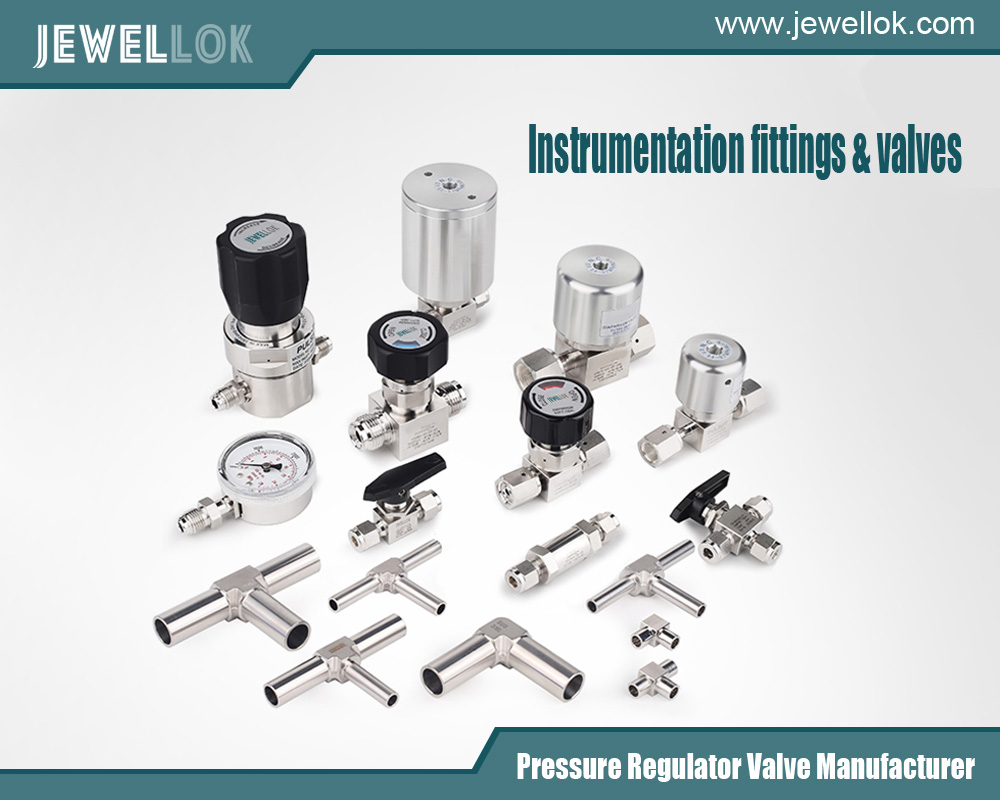
Tank Pressure vs Regulated Pressure: Understanding The Differences And Their Impact
- Pressure Regulator Valve Manufacturer
- adjustable air pressure regulator, air compressor gauge and regulator, air compressor pressure regulator, air compressor regulator diagram, air pressure regulator valve with gauge, air pressure regulator with relief valve, air pressure regulator with water separator, how to adjust air compressor pressure regulator, how to adjust air pressure on air compressor, How to adjust air pressure regulator valve, tank pressure vs regulated pressure, Water tank pressure vs regulated pressure
- No Comments
Tank Pressure vs Regulated Pressure: Understanding The Differences And Their Impact
Managing and controlling Pressure is critical in various industries such as gas distribution, diving, and brewing. The terms “tank pressure” and “regulated pressure” are often used, but they refer to concepts that play essential roles in maintaining safety, efficiency, and functionality. Tank pressure and regulated Pressure influence how gases or liquids are handled, but their purposes and functions are distinct. Understanding the difference between these two types of Pressure is crucial for anyone working with pressurized systems. This article will explore the differences between tank pressure and regulated Pressure, explain their significance in different applications, and highlight key considerations for working with these pressures.

What Is Tank Pressure?
Tank pressure refers to the Pressure within a container that holds a pressurized substance, such as a gas tank, cylinder, or storage vessel. This is the tank’s internal Pressure, which is typically influenced by factors like the volume of gas or liquid, temperature, and the physical properties of the stored substance. Tank pressure is often high, especially when dealing with compressed gases like oxygen, nitrogen, or carbon dioxide.
Critical Characteristics of Tank Pressure:
- Originates from the Storage Vessel: Tank pressure is the force exerted by the gas or liquid inside the tank against the walls of the container.
- Varies with Conditions: The Pressure within a tank can change based on temperature and the amount of gas remaining. For example, Pressure may decrease when a gas is used from a tank.
- Not Always Regulated: In some cases, tank pressure may not be controlled or adjusted, as it is directly related to the tank’s content and environmental factors.
Applications of Tank Pressure:
- Gas Cylinders: In applications like welding, medical gas delivery, or industrial gas storage, tanks are filled with compressed gases under high Pressure.
- Diving Equipment: Scuba tanks and diving cylinders store compressed air at high pressures, providing divers with the necessary air supply underwater.
- Brewing and Beverage Systems: In breweries or soda carbonation systems, tanks store gases such as CO2 under Pressure to ensure proper liquid dispensing.
What Is Regulated Pressure?
Regulated Pressure refers to the Pressure controlled or maintained by a pressure regulator. A pressure regulator is a device that automatically adjusts the incoming Pressure from a tank to a desired, lower level suitable for the specific system or application. It ensures that the Pressure remains consistent, regardless of fluctuations in tank pressure or environmental changes.
A pressure regulator works by reducing the high Pressure from the tank and converting it into a steady, lower pressure. The set Pressure is typically adjusted based on the system’s needs, whether for a safe working environment, optimal performance, or efficient operation.
Critical Characteristics of Regulated Pressure:
- Controlled and Stable: Regulated Pressure is set and maintained at a desired level, regardless of changes in the tank pressure.
- Safety and Precision: Pressure regulators ensure that the Pressure delivered to a system does not exceed safe limits and stays within an optimal range for the application.
- Adaptable: A regulator can be adjusted to suit a variety of pressures depending on the needs of the equipment or process.
Applications of Regulated Pressure:
- Welding and Cutting: A regulator ensures that the Pressure of gases like acetylene or oxygen remains stable and appropriate for the welding torch, preventing dangerous pressure surges.
- Medical Gas Systems: In medical settings, regulators control oxygen flow to patients, ensuring a constant and precise delivery pressure.
- Home Brewing: In brewing systems, regulators maintain consistent CO2 or nitrogen pressure for kegging or carbonation, preventing over-pressurization that could damage equipment or ruin the brew.
The Differences Between Tank Pressure and Regulated Pressure
While tank and regulated Pressure are related to pressure management, they have distinct roles and functions. Understanding these differences is crucial for anyone using pressurized gases or liquids.
Source of Pressure
- Tank Pressure: Originates from the stored substance inside the tank. The quantity and temperature of the gas or liquid directly influence it.
- Regulated Pressure: comes from a regulator that adjusts the Pressure to a consistent, lower level based on system requirements.
Purpose
- Tank Pressure: is designed to hold and store the pressurized substance in a container. It is typically much higher than regulated Pressure and is not constant.
- Regulated Pressure: Provides a stable and controlled pressure to a downstream application, ensuring it is safe and optimal for usage.
Control Mechanism
- Tank Pressure: fluctuates with the amount of gas or liquid in the tank and environmental conditions (like temperature).
- Regulated Pressure: This Pressure remains constant due to the pressure regulator, regardless of changes in tank pressure, until the regulator is adjusted.
Interplay Between Tank Pressure and Regulated Pressure
The relationship between tank pressure and regulated Pressure is fundamental to the function of pressurized systems. When the Pressure inside a tank exceeds the desired regulated Pressure, a regulator is needed to reduce it to a safe level. Conversely, the regulator cannot maintain the desired output pressure if the tank pressure is too low, leading to insufficient flow or system failure.In applications such as diving or gas welding, users must be cautious about the differences in tank pressure and regulated Pressure:
- Diving: When a diver’s air tank is complete, the Pressure is high, but a regulator reduces that Pressure to a breathable level. The diver must monitor both pressures to ensure they have enough air for the dive and that the regulator is functioning correctly.
- Welding: A regulator reduces the high-pressure oxygen or acetylene in the tank to the required working pressure for the welding torch. If the regulator malfunctions or is incorrectly set, it could result in unsafe working conditions.
Choosing the Right Pressure Regulator
The proper choice of pressure regulator is essential for ensuring that the regulated Pressure is safe and efficient for your system. When selecting a regulator, consider the following factors:
- Tank Pressure Range: Ensure the regulator can handle the tank’s range of pressures. If the tank pressure is too high for the regulator’s capacity, it can damage the regulator.
- Desired Output Pressure: Choose a regulator that provides the desired output pressure within your system’s specifications.
- Flow Rate: Some applications require high flow rates, while others require precision. Choose a regulator that can maintain the necessary flow for your application without causing pressure instability.
- Safety Features: Look for regulators with safety mechanisms, such as pressure relief valves or built-in gauges, to avoid dangerous over-pressurization.

Conclusion
Tank pressure and regulated Pressure are integral concepts in managing pressurized systems. The tank pressure is the Pressure stored within the tank, which is influenced by the volume and environmental factors. In contrast, regulated Pressure is the controlled Pressure delivered by a regulator to ensure the Pressure is safe, stable, and suitable for the specific application. Understanding the distinction between these two types of Pressure and how they interact is essential for ensuring safe operation, efficient performance, and avoiding costly or dangerous mishaps. By selecting the right equipment and carefully monitoring both tank pressure and regulated Pressure, you can optimize your systems for safety and performance across various industries and applications.
For more about tank pressure vs regulated pressure: understanding the differences and their impact, you can pay a visit to Jewellok at https://www.jewellok.com/ for more info.
Recent Posts
Tags
Recommended Products
-
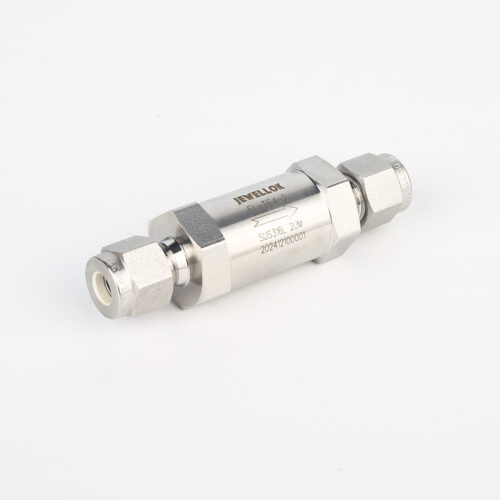
JF Series In-Line Gas Filters | High Purity High Precision High Flow Semiconductor Gas Filter Gas Filtration & Purification
-
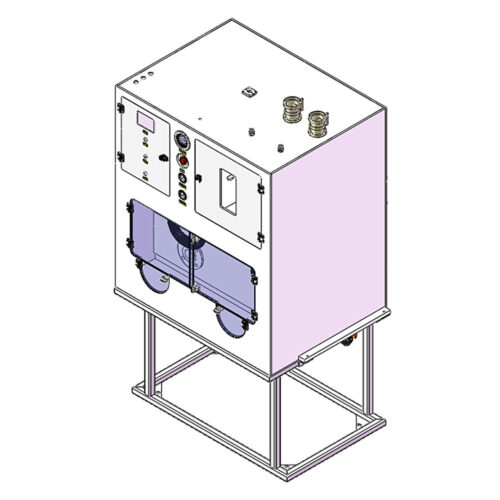
Clean Connection Cabinet JW-300-CCB Valve Manifold Box And Control Valve Box
-
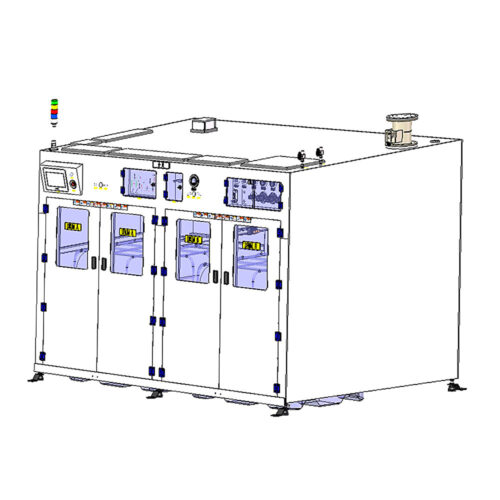
High Purity Chemical Dispense System & Packing System For Semiconductors JW-200L-CDM & JW-1000L-CDM
-
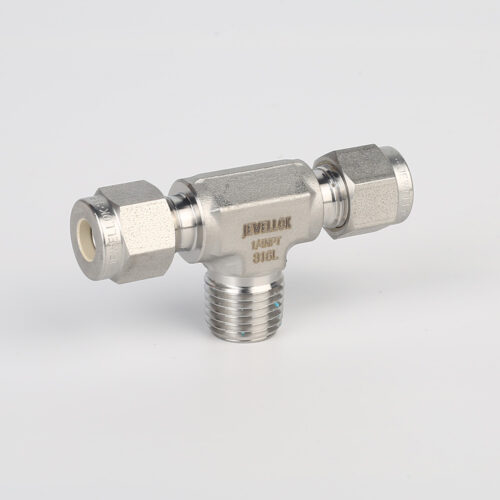
772L Male Branch Tee | Stainless Steel High-Purity Tube Fitting Male Branch Tee
-
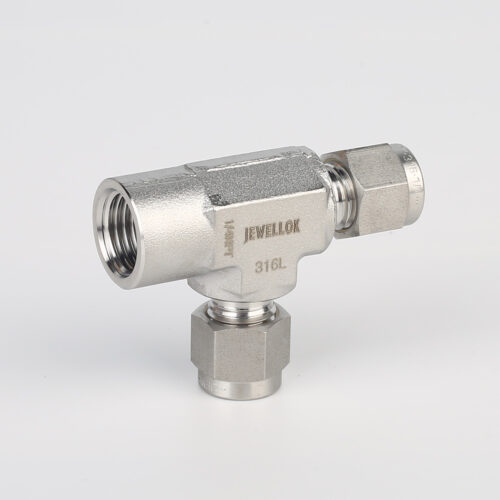
771LF Female Run Tee | Stainless Steel Tube Fitting Compression Fittings 1/4 In 3-Way Tee Female Run Tee
-
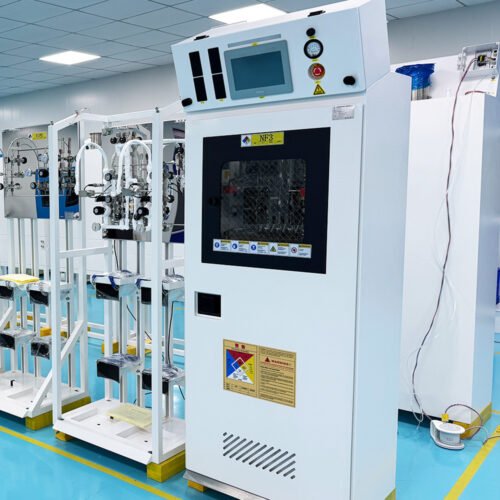
Semi Automatic Gas Cabinet Gas Panels High Purity Gas Delivery Systems JW-200-GC
-
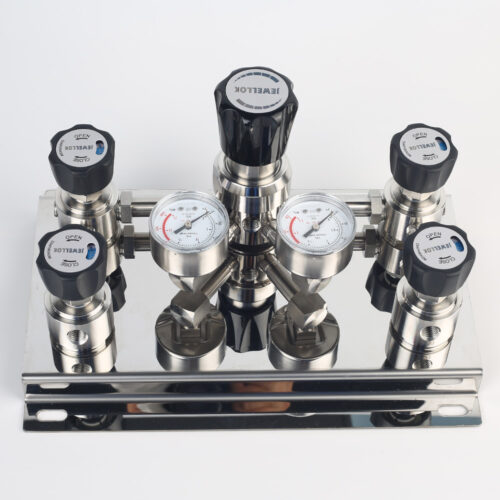
Single Stage Wall And Cabinet Mounting Pressure Control Panels JSP-2E Series For High Purity Gases
-
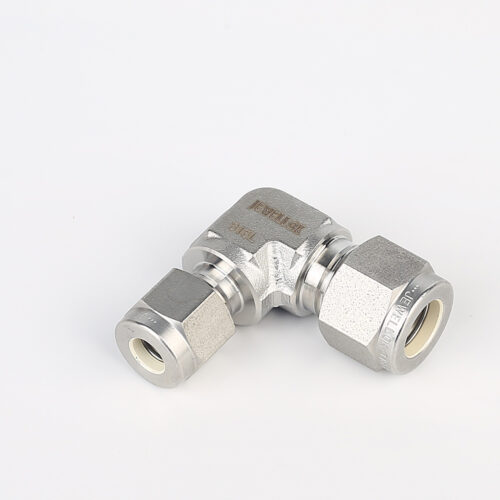
765LR Reducing Tee | Stainless Steel 316 High Purity Butt Weld Fittings Metal Face Seal For Welding Pipe Fitting Reducing Tee